by Peter Borrowman, Patsy Wood Scholar
Introduction
Coming up to two years ago in December 2021, I was fortunate enough to be employed as the Patsy Wood Scholar; a trainee assistant forestry management position run through the Future Trees Trust (FTT), in collaboration with William Hamer (W M Hamer, Forestry Consultant) and the Royal Forestry Society (RFS). Not knowing what to expect, I packed my bags and headed down from Edinburgh to the rolling landscape of Berkshire and Hampshire in southern England (seemingly most would-be foresters tend to go in the opposite direction!). On my first day, William put things straight into the action, taking me to a pre – operations meeting including harvesting managers and contractors. We then preceded to go straight into a marking session in the afternoon. I am not ashamed to say that having no previous forestry experience, I had very little idea of what was going on! This rather busy first day was certainly a sign of things to come…
So, what have I been up to?
Lots and lots is the only answer I can think to give! I have been most fortunate to be working under William as such experienced forester (and I am sure he won’t mind me saying, hard task master at times!) to act as a mentor not only in forestry, but also in the requirements and challenges of managing a business. Thanks to him amongst others, I would like to think I can now call myself a fully-fledged Assistant Forest Manager. Below are some of the tasks and assignments to which I have been trained in the past two years and now currently fulfil:
Woodland management plans
Writing management plans is by far one of the most important elements of my role. They enable a 10-year felling licence, alongside providing a document which allows the landowner to detail their objectives and visions regarding the future of the woodland. They are also an excellent starter point for bringing unmanaged woodland into management.
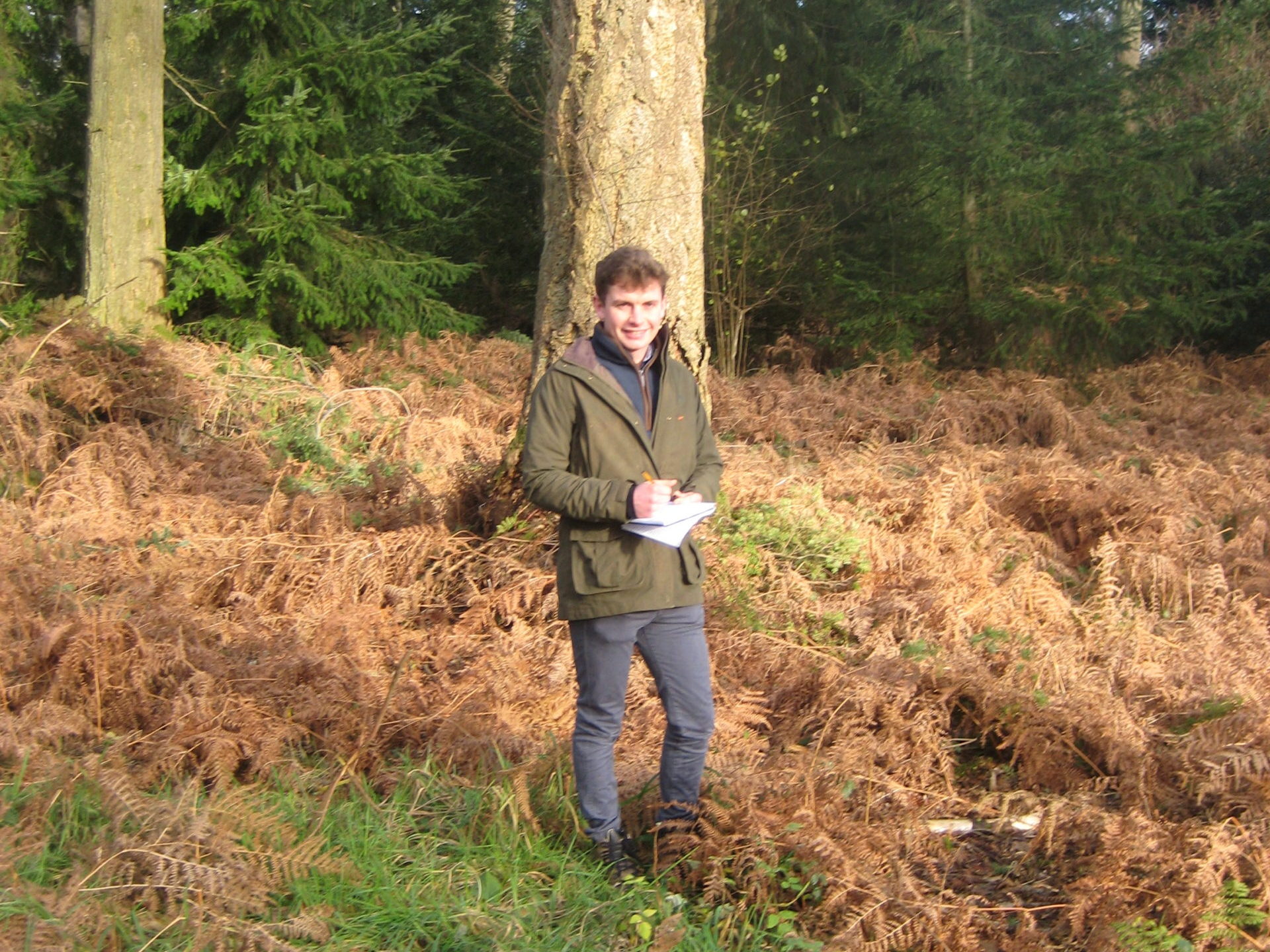
Marking
One of the first tasks I learnt with William was marking. It is a critical element of forestry, allowing us as foresters to see the woodland and shape its future by deciding which trees are to remain and which are to be removed. Marking strategies can differ depending on the stand structure (i.e a heavier thinning if pursuing continuous cover forestry) and also market prices.
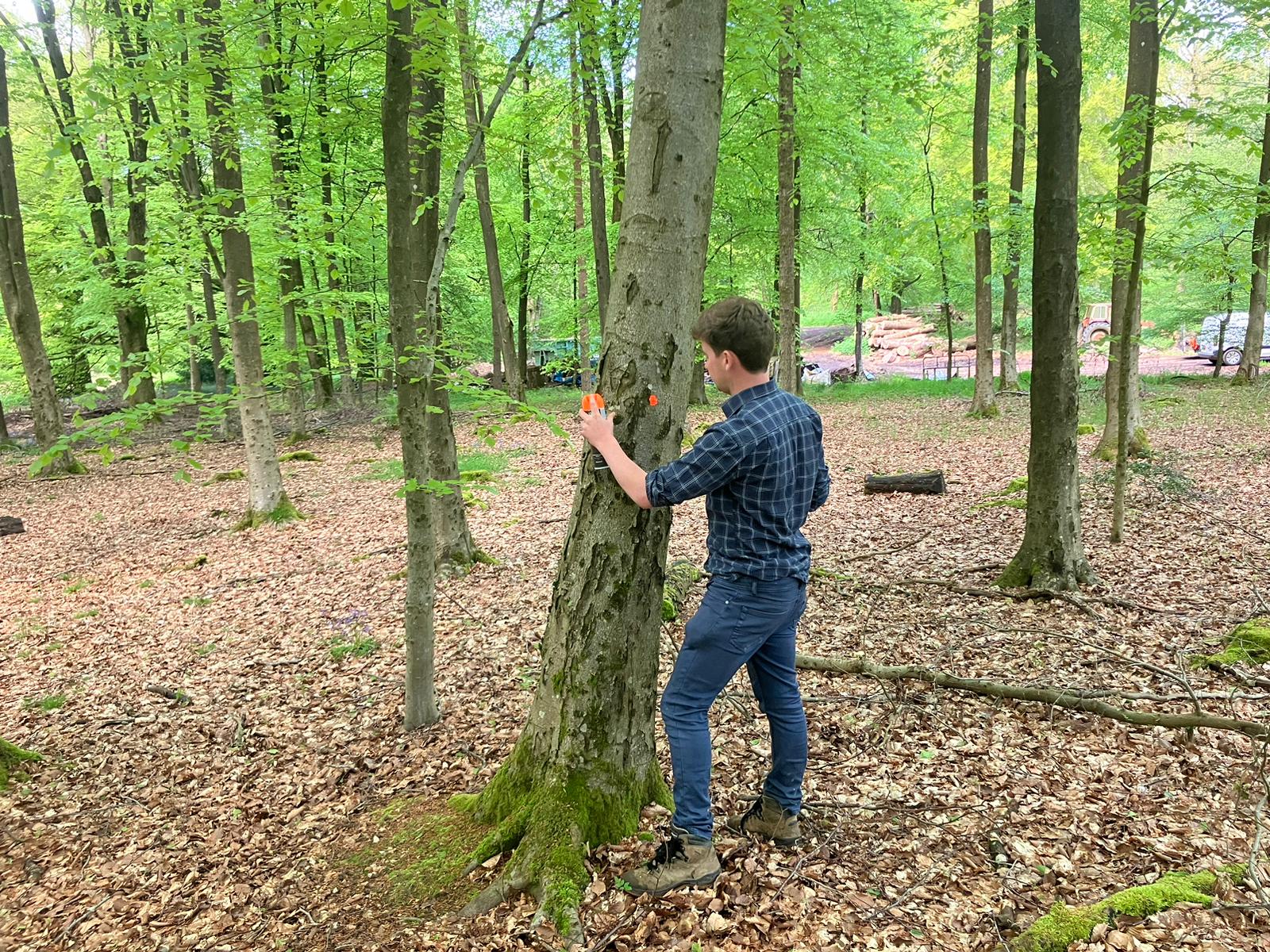
Harvesting
As Forestry Works Managers, it is our duty to oversee thinning and felling operations and make sure everything runs smoothly in terms of following UKFS guidelines including ensuring health and safety, undertaking preliminary risk assessments and European Protected Species surveys amongst other tasks.
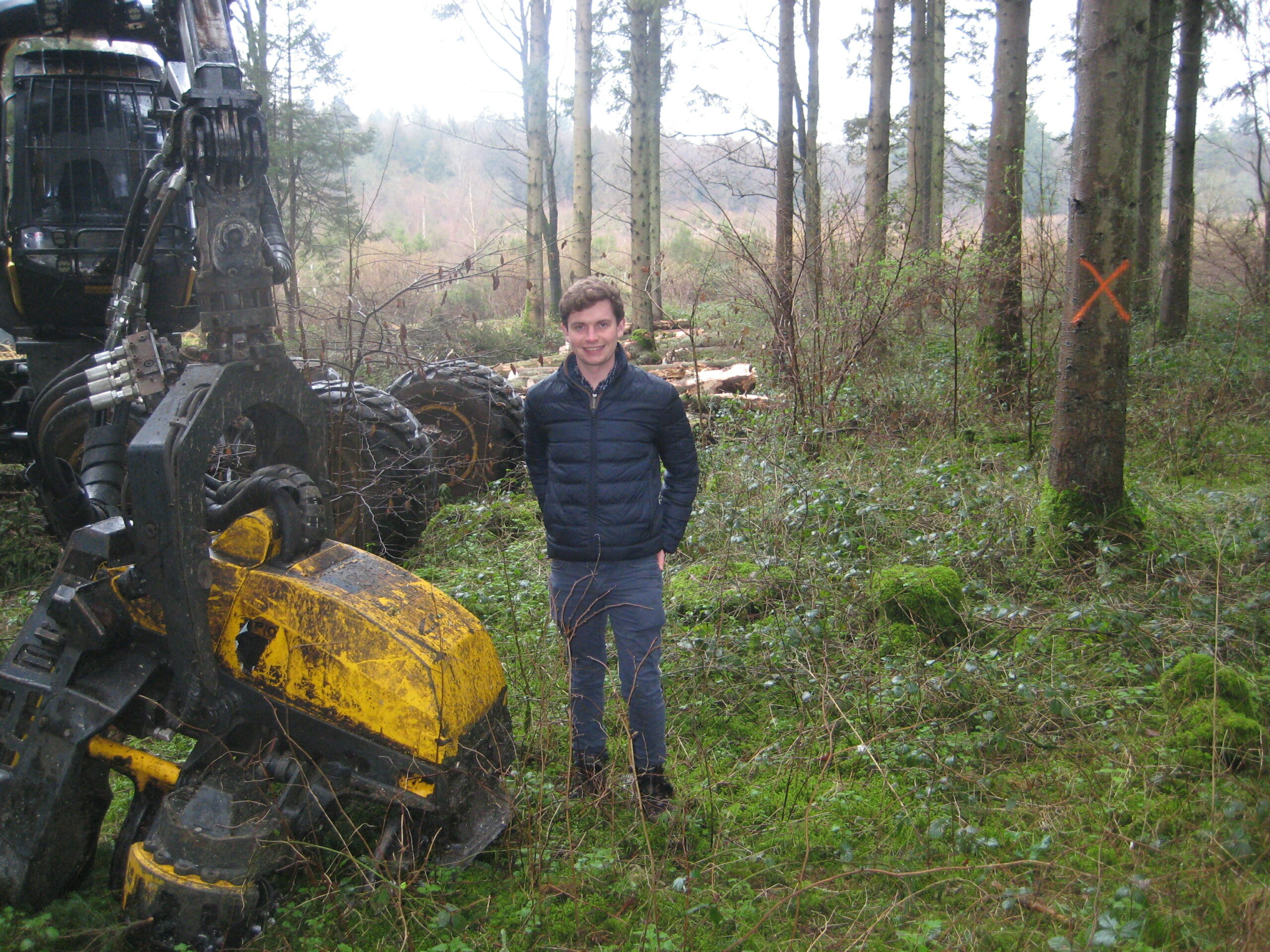
Conifer harvesting site
Timber Mensuration
I have learnt to measure timber, both standing and at roadside – a critical skill as a would-be forest manager. We will measure the basal area, top height and subsequent yield class to determine whether a stand is ready for thinning, whilst also determining the amount of volume to be removed. I have also measured countless stacks of firewood and quality sawlogs to determine their volume as part of roadside sales.
Timber sales and marketing
Having felled the timber, it is then important to find a home for it (at the best price of course!). Bigger contracts will often be put out to tender and sold standing, with less emphasis on measuring timber at roadside. For the smaller contracts, timber and firewood will be sold at roadside which means we need to have fairly accurate measure of the volume. We can therefore sell the material to both local and national markets.
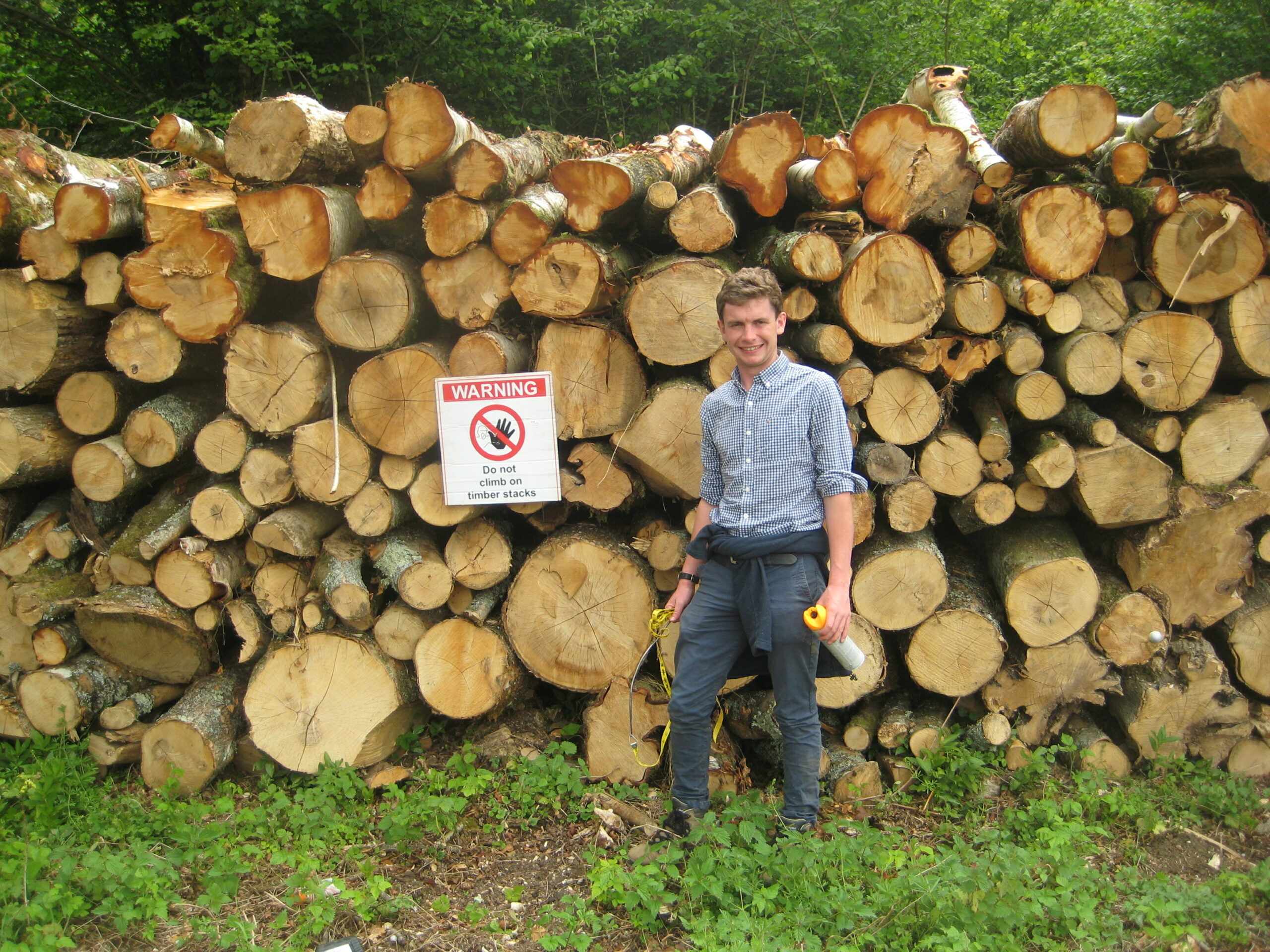
Roadside felled timber
GIS mapping
Having had little experience of mapping, understanding the ins and outs of GIS was slightly tricky for me… Thankfully I have cracked it to an extent… It is so helpful for creating management plans, detailing site plans and measuring planting or felling areas. With the current increase of mapping, drone and remote sensing technology, it will no doubt continue to play a huge part in the future of forestry.
Consultation
I have managed to shadow William on several discussions and on-site meetings with clients and contractors. These can be related to annual forestry programmes, new planting or woodland management plans. I am now starting on my own journey and have started to have meetings on my own which, whilst nerve racking initially, provide excellent experience and a chance to share my own suggestions and advice.
Planting and plantation management
A big part of my role with William has been to organise and manage the tree orders, planting, restocking and beating up. This involves assessing tree losses, measuring planting areas, instructing contractors and most importantly determining which tree species to plant – the right tree in the right place after all.
Grant applications management
Another significant part of my role has been to apply for and subsequently manage several Higher Tier Countryside Stewardship applications. Management for WD2 Woodland Improvement involves organising operations including thinning, coppicing, ride and open ground management. My principal involvement has been to manage the WS1 (Deer control) and WS3 (Squirrel control) supplements which involves erecting deer exclosure plots, undertaking Habitat Impact Assessments and obtaining annual cull records and efforts from the principal controllers. With all the monitoring and both written and photographic evidence required for each operation, it is fair to say that this has taken up a lot of my time!
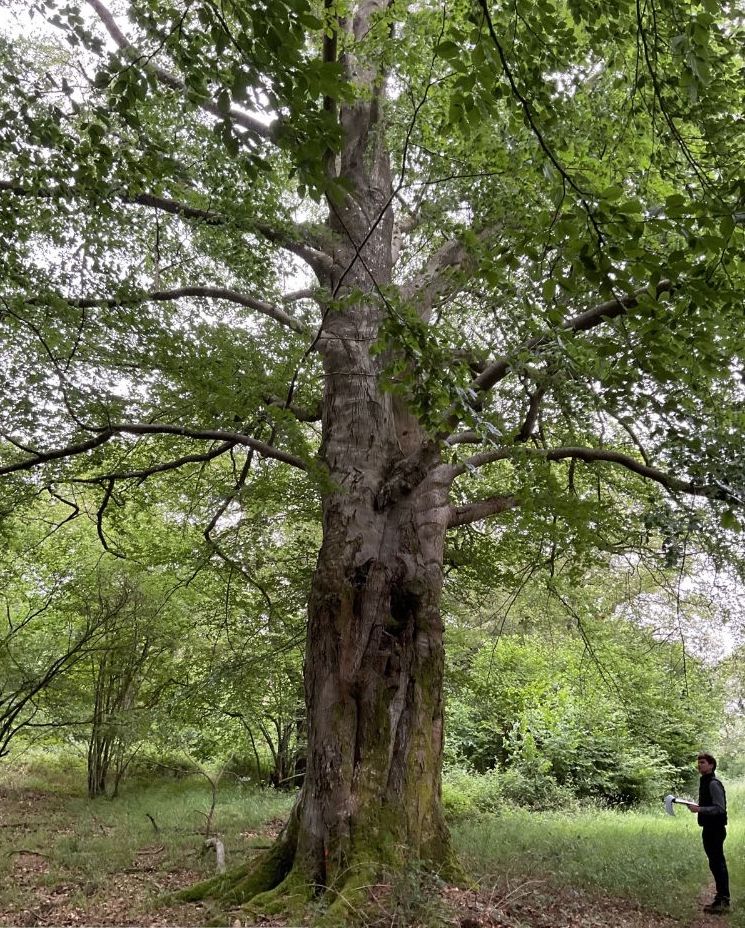
Carrying out Veteran Tree Surveys as part of the Countryside Stewardship WD2.
Best moments
It’s been an absolute whirlwind from the very start, with a lot of ups and a few downs along the way. I think for me one of my best moments has been the culmination of the planting season in the spring of 2022 and having that final tree in the ground. Dry conditions and a lack of contractors made management and organisation somewhat difficult, therefore it was of great relief to have everything completed and give oneself a pat on the back!
Another memorable moment for me would be completing my first marking assignment on my own. William sent me off to mark a first thinning for a few small broadleaved plantations. I really enjoyed the responsibility and I was desperate to return the see the results after the trees had been felled. I am pleased to report that the woodlands are all doing well! And the better stems have now been freed up to grow and put on additional girth as a final crop, sawlog quality trees in the future.
Biggest learning curves
Someone at a recent training event commented that “Forestry is one of those industries where you never stop learning”. It completely and utterly resonated with me. I think this has been by far my biggest realisation over the past two years. After all, there are so many facets to the forestry industry for us to continually expand and develop our knowledge of including the likes of soil, water, ecology, marketing, consultation and not to mention the trees themselves! Indeed, no forester will ever be perfect, and I am perfectly comfortable in admitting that I have made a few mistakes along the way, but I have also learnt from them. I think that with such a changing climate, we as foresters cannot be afraid to try new things and be open to learn from our mistakes.
Training opportunities
I must say that I am incredibly grateful for all the training opportunities I have been provided with over the scholarship. I have attended several training days, both in person and online with the RFS, The Institute of Chartered Foresters (ICF) Forestry Commission and other external organisations. These include a range of topics including soils, European Protected Species, mensuration, alternative species and most recently, the much-acclaimed Irregular Silviculture in the Lowlands course run by SelectFor. These courses have all been instrumental with providing the range of knowledge and skillsets required to be a forester.
Future Trees Trust
It would be amiss of me not to mention the time spent and training undertaken with everyone at the Future Trees Trust. I have managed to be present in several activities including the climbing of oak plus trees for grafting material (I was only an observer thankfully!), searching for superior ash trees and stands indicating signs of significant resistance to Chalara for the Living Ash Project and sorting sycamore seeds for a future progeny trial. We have also recently played host to Researcher Joe Beesley and Forestry Technician, Ollie Stock in their search for Beech and Hornbeam plus trees part of the Forestry Commission Seed Sourcing Grant, successfully identifying two tremendous Beech at Herriard Estate. The work of FTT in identifying, sourcing and ultimately supplying superior broadleaf seed cannot be underestimated for the industry. Indeed, providing seed stocks of better form, vigour and yield class will prove a significant factor towards making our woodlands more productive, sustainable, and resilient in an increasingly uncertain future.
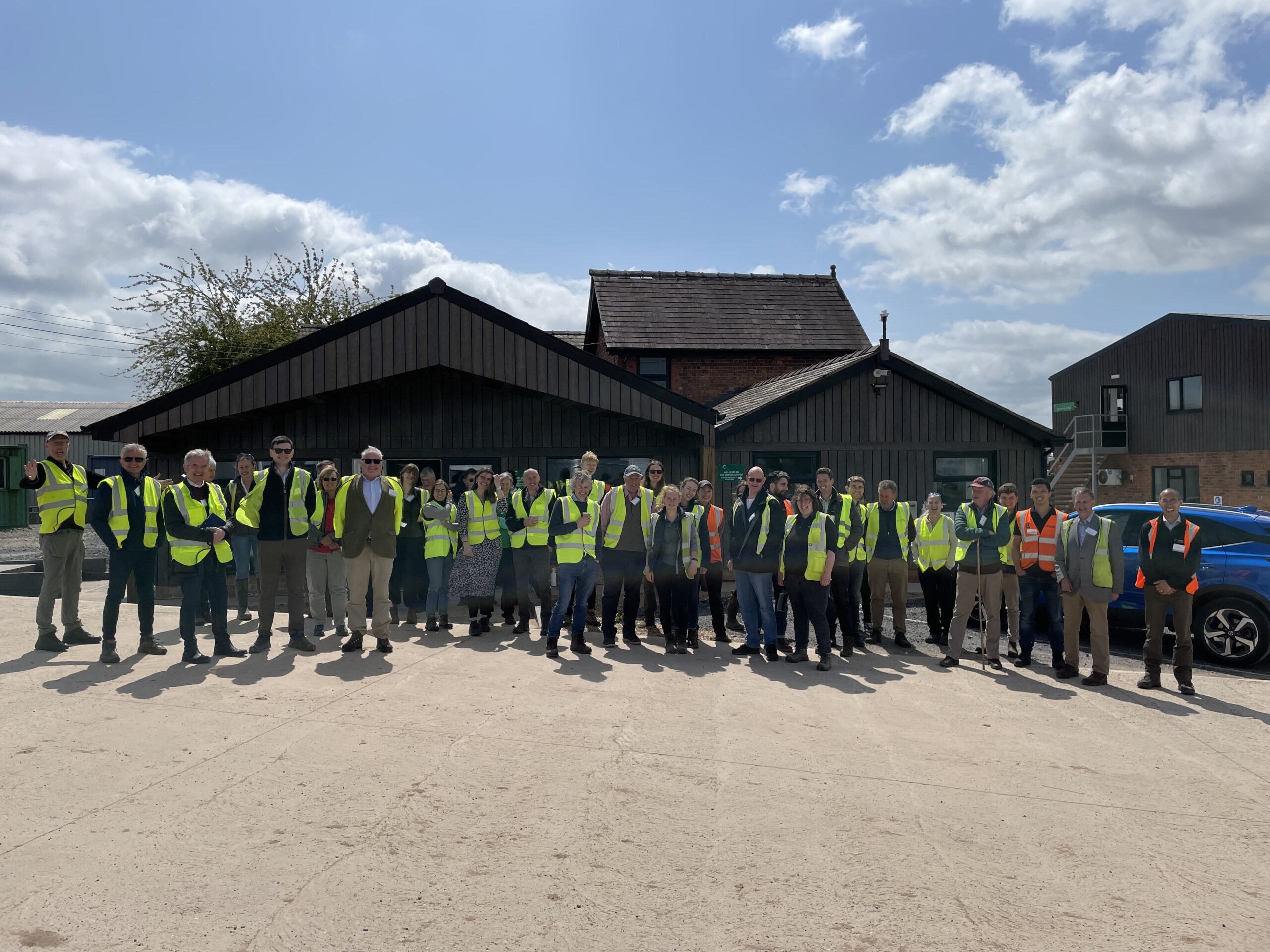
The Future Trees Trust Annual Supporters Day 2023
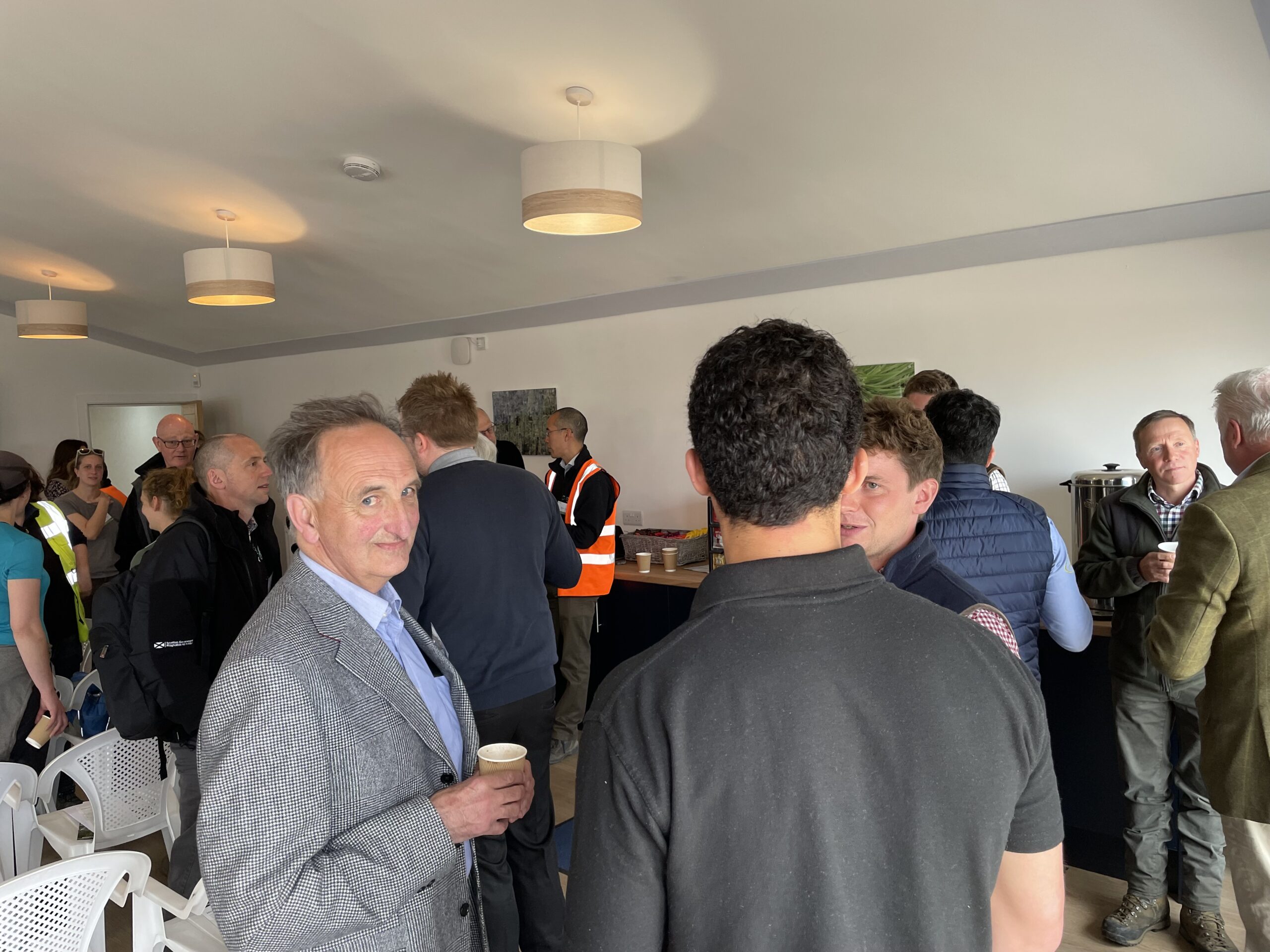
Attending the Annual Supporters Day 2023 with William
What lies ahead?
I am pleased to announce that after the culmination of my time as the Patsy Wood Scholar, I will be taking up a position as an Assistant Forest Manager with English Woodlands Forestry, whilst also continuing to work with William Hamer on a part time basis. This is a really exciting prospect, not only from a personal career perspective, but also to showcase all of my skills and knowledge which I have learnt from the Patsy Wood Scholarship.
With thanks
I would like to conclude by passing on my gratitude to first and foremost William Hamer, who has been an incredible mentor for the past two years. I have learnt an astonishing amount, and his influence will remain firmly rooted in my future career in forestry. I would also like to say thanks to everyone at the Future Trees Trust, particularly Dr Jo Clark for being so welcoming and providing an excellent framework to enter the forestry sector. I know that the next Patsy Wood Scholar will too be provided with a similarly excellent introduction to the industry, and I would urge that further opportunities can be created for others from non-forestry backgrounds to enter the industry.
Patsy Wood Scholarship Update by Forestry Technician Ruaridh Phillips
My time working as this year’s Patsy Wood Scholar so [...]
Peter Borrowman: My 2 Years on the Future Forester ‘Patsy Wood Scholarship’
by Peter Borrowman, Patsy Wood Scholar Introduction Coming up [...]
Future Forester, Patsy Wood Scholarship Year 2
Patsy Wood Scholarship – Year 2 spring update A [...]
Future Foresters – Autumn – Patsy Wood Scholar Blog
A blog by Peter Borrowman, Assistant Forest Manager with William [...]
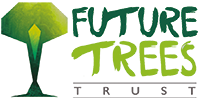

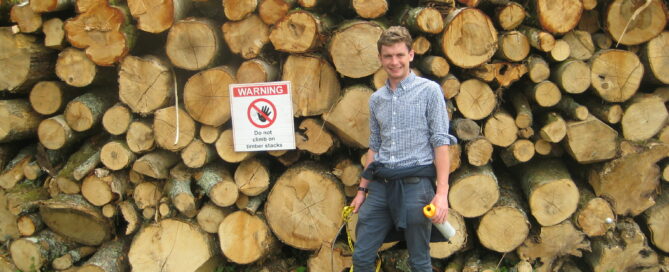
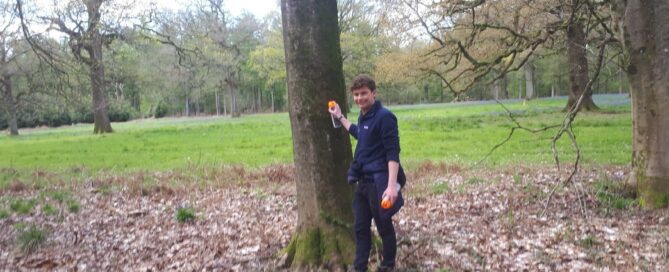
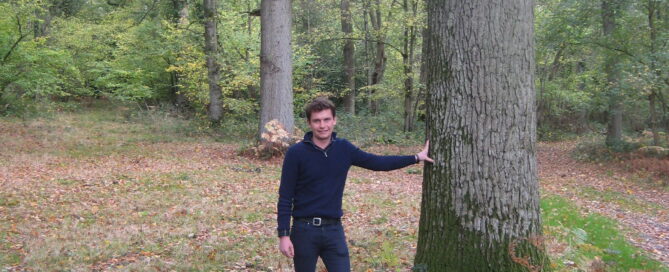
Leave A Comment